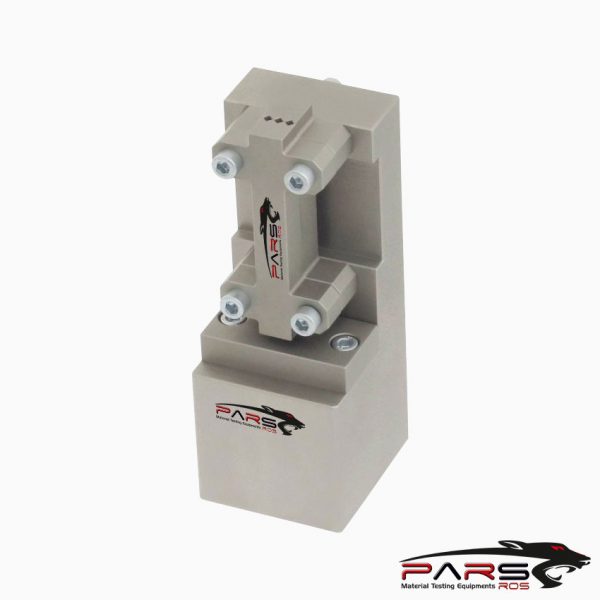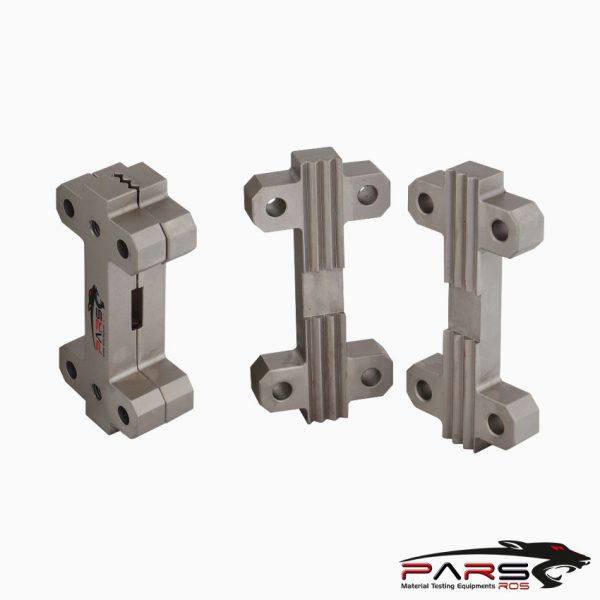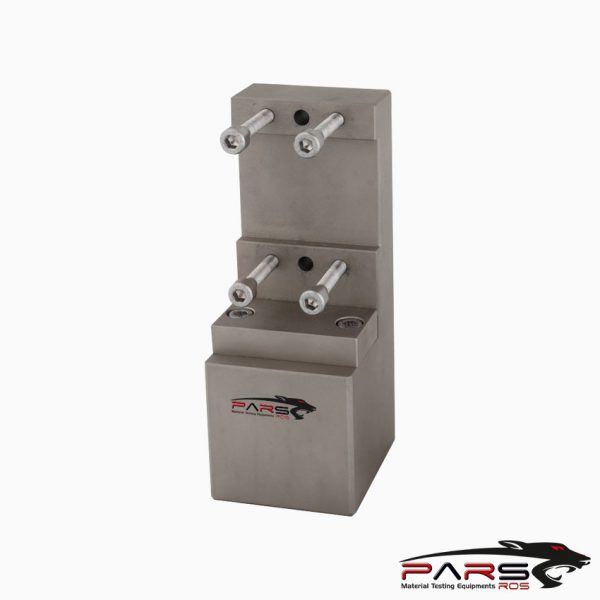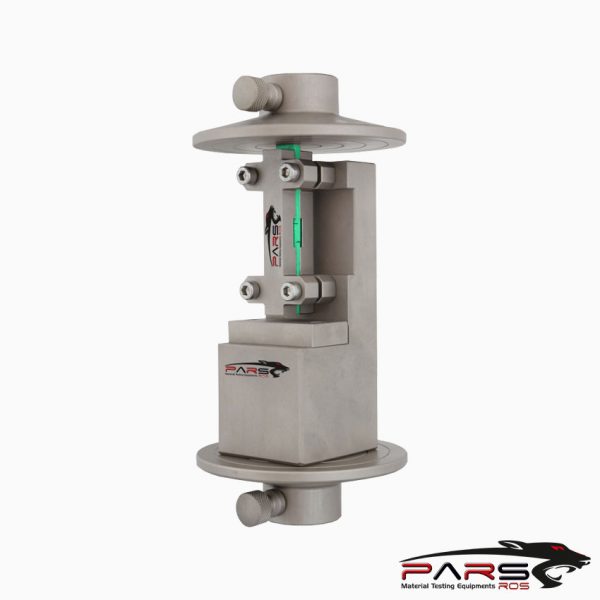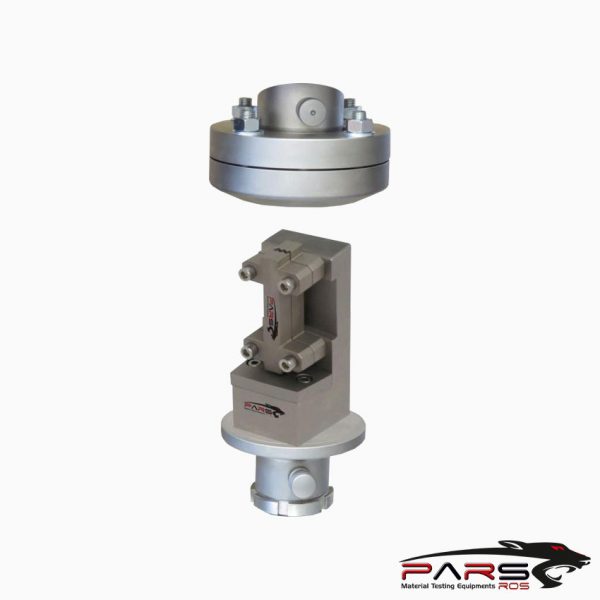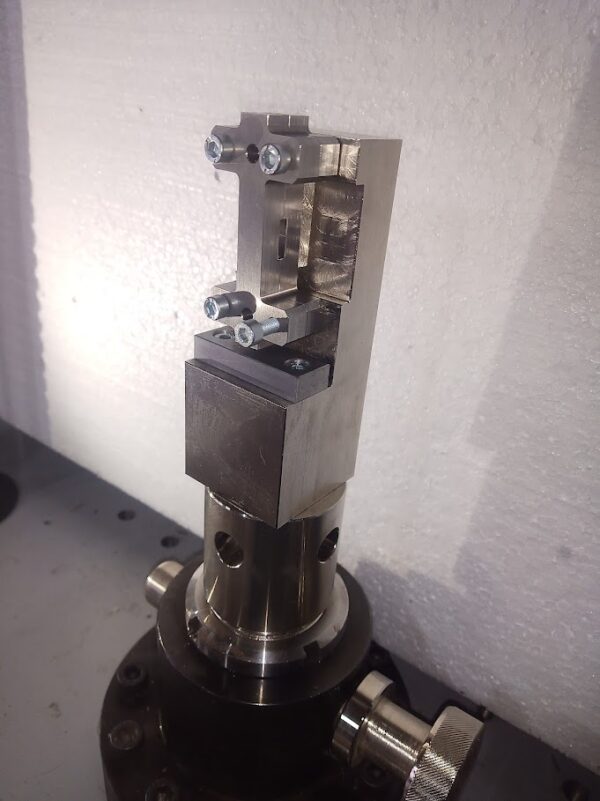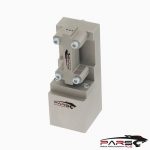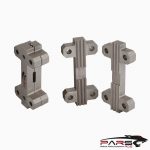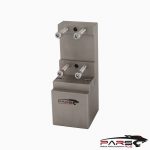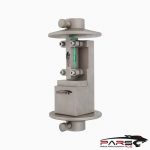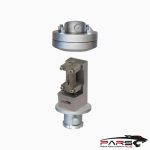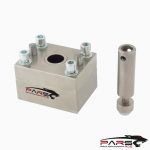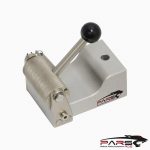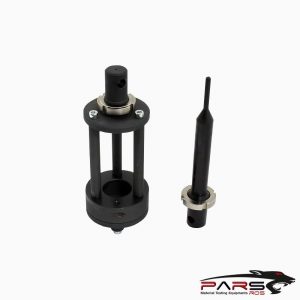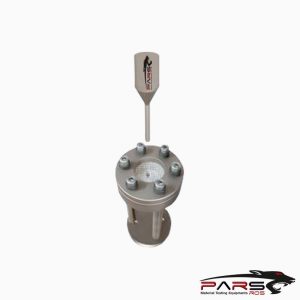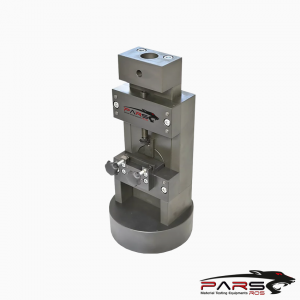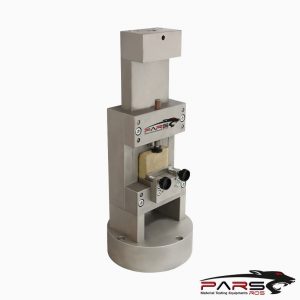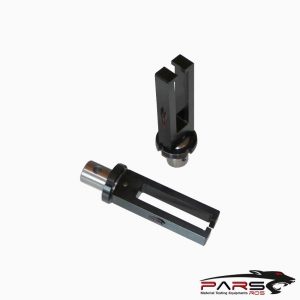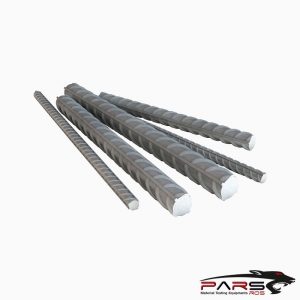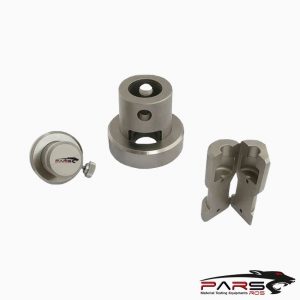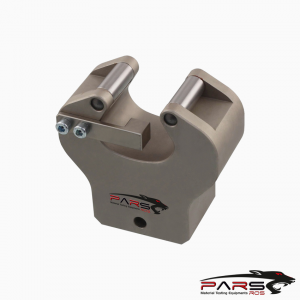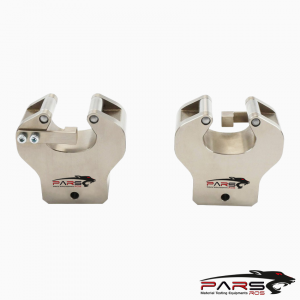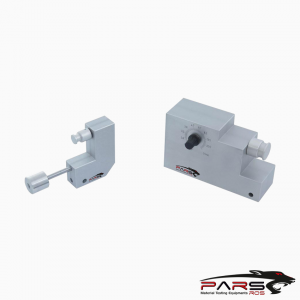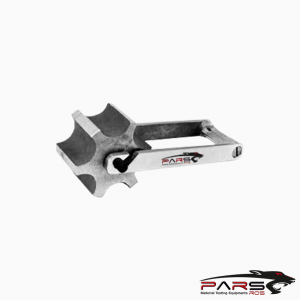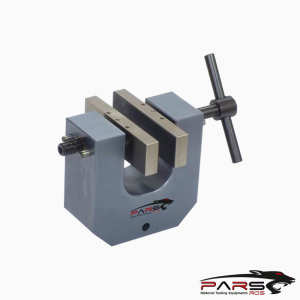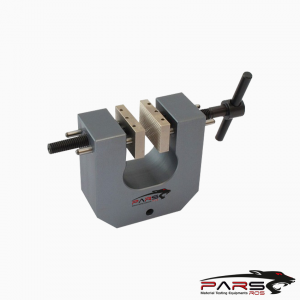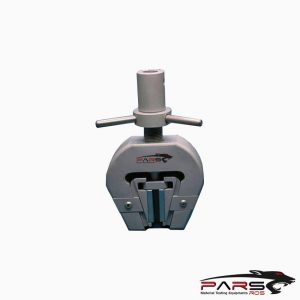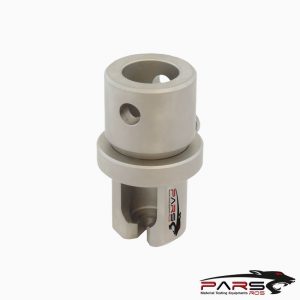ASTM D695 – Standard Test Method for Compressive Properties of Rigid Plastics
ASTM D695 – describes a test method for rigid plastics in compression. There are a few variations in the test, depending on the size of the sample being used.
The test can be performed very basically between two compression platens on a universtal testing machine.
Please Contact With Us For More Information
- Description
- TECHNICAL SPECIFICATIONS
Description
ASTM D695 – Standard Test Method for Compressive Properties of Rigid Plastics
ASTM D695 – describes a test method for rigid plastics in compression. There are a few variations in the test, depending on the size of the sample being used.
The test can be performed very basically between two compression platens on a universtal testing machine.
It can also be performed at a more advanced level using strain gauges and a special subpress compression fixture.
For reduced size samples, a special compression jig is used to hold the specimen
Geometry
The most popular specimen size is a 12.7mm diameter cylinder which is at least 2 times as tall as the diameter.
Rod samples are different and must have a slenderness ratio of 1 to 11-16.
Tube samples can be tested under this specification as well as reduced size samples with diameters less than 3.2mm.
The special ASTM D695 jig uses rectangular flat samples which look similar to a tensile test specimen.
The height is usually 79.4mm and the thickness from 1mm to 12.7mm.
***PARSROS offers several types of grips and fixtures which will enable you to perform a variety of tests that are accurate and repeatable.
Compression Jig for Sub-Size samples
A special ASTM D695 compression fixture is needed for sub-sized samples with diameter of less than 3.2mm.
The specimen stands straight up and down in the fixture, with the dogboned ends of the sample sticking out of the top and bottom.
The bottom of the sample rests on the base of the square block at the bottom of the fixture.
The top of the sample sticks out and is compressed with the top compression platen.
The jig helps to prevent the sample from buckling while it is compressed.
The fixture should be assembled and tightened by hand. Tightening the jig together with wrenches can compress the sample from the sides and skew data results.
Analysis
Compressive Yield Strength is taken at the yield point and divided by the area of thickness of the sample.
The units are given in megapascals or pounds per square inch. Offset yield and Modulus of Elasticity (MOE) are also taken.
Similar Specifications
Slight variations of this fixture can cover ASTM D3846, prEN 3850, ISO 14126, GOST 9550-81, SACMA-SRM1-Type 1 and SACMA-SRM1-Type 2.
Please contact with our engineers so that we can find and offer Best Universal Tensile Test Machines , Grips , Jaws and Other Accessories for your operations


